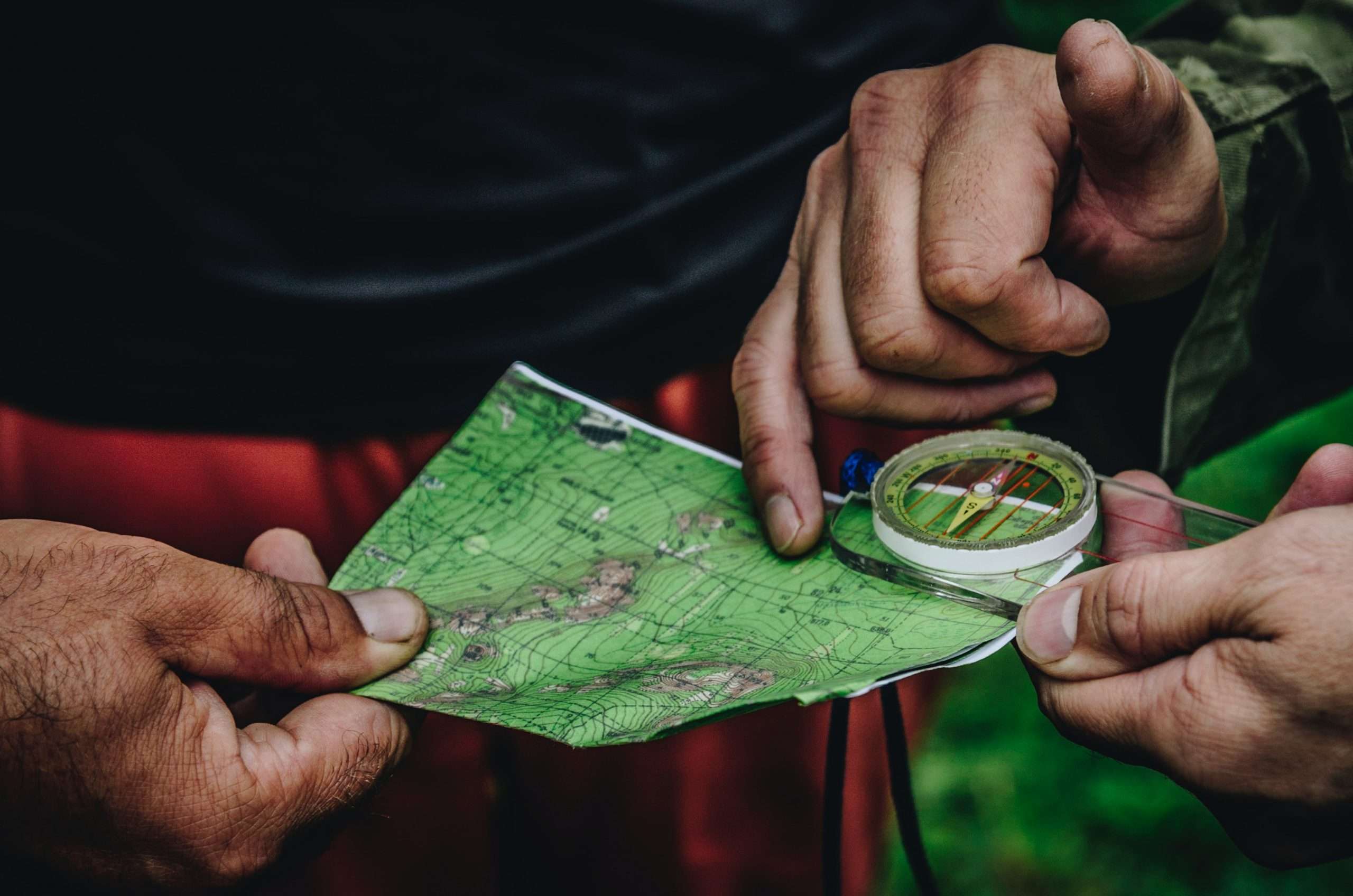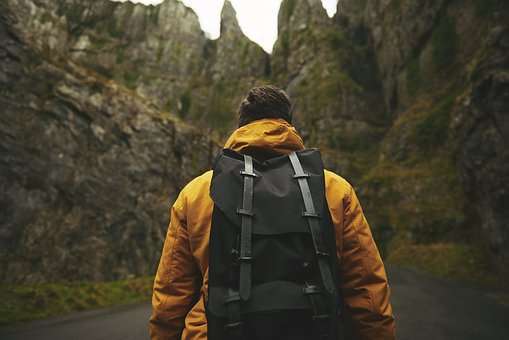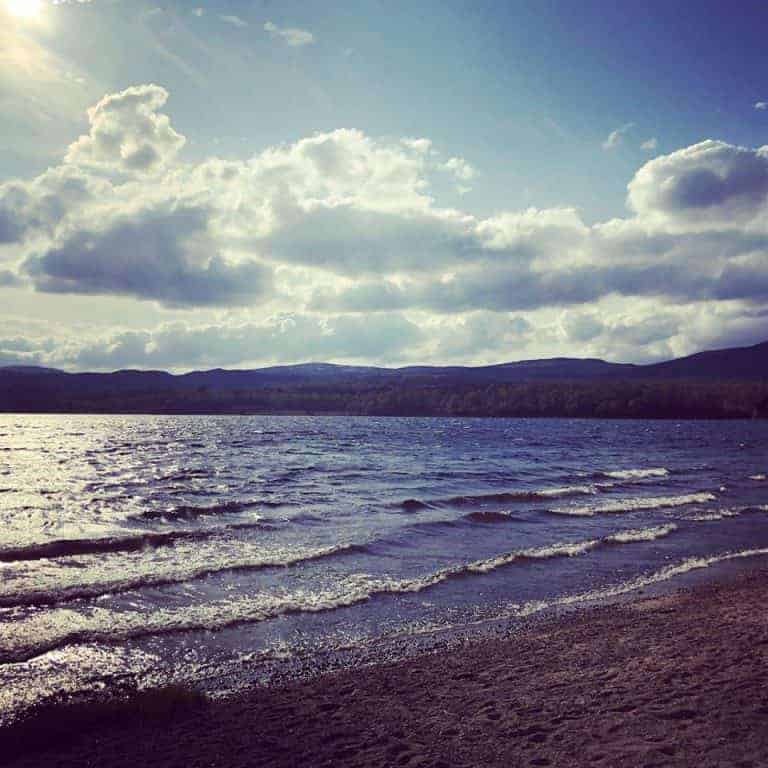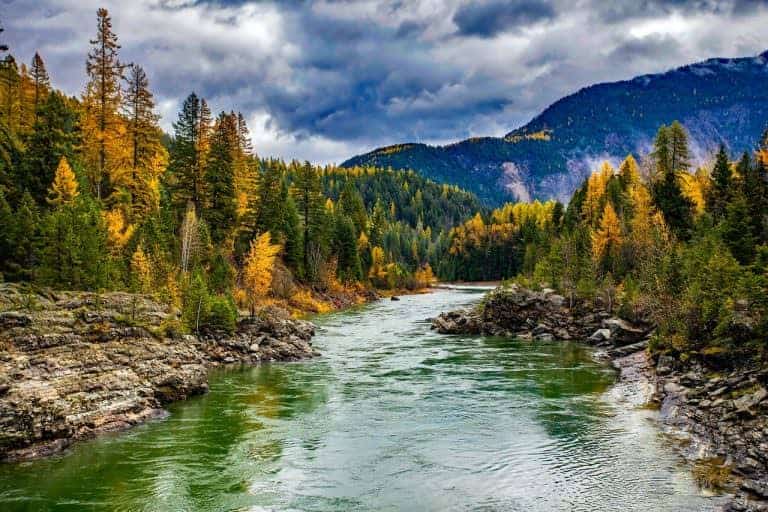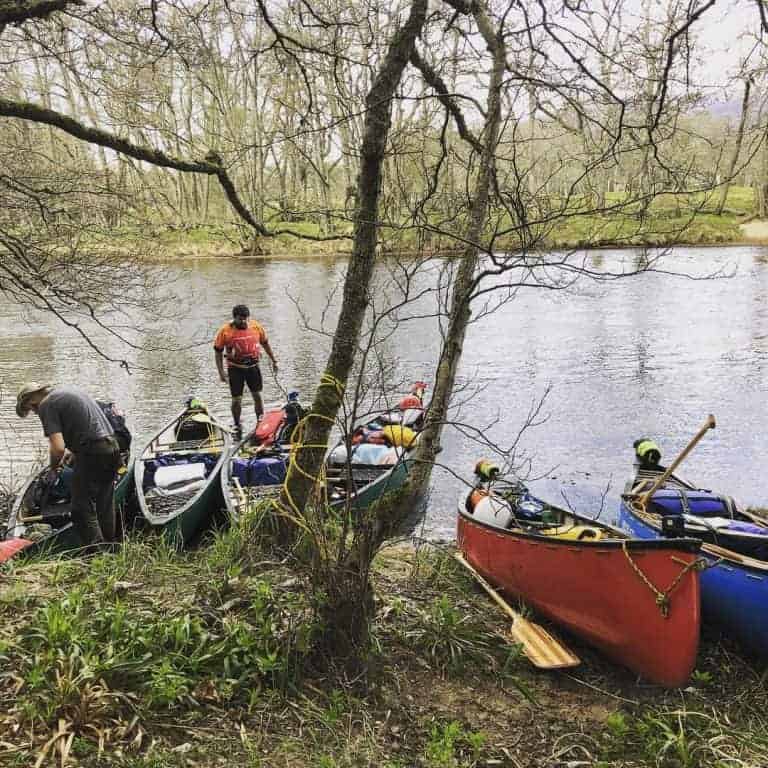Night Navigation Tips For Beginners
Even the best-laid plans can go wrong. Your Night Navigation tips can end up being out longer than planned and need to find your way home, or back to camp in the dark. Maybe someone get injure, the conditions were tough than expecte or you simply get carry away exploring. Either way, it’s good to be prepared and know what to do if navigating at night.
So how do you get back when you can’t see past the end of your head torch?
Equipment-
Firstly, always have a head torch with you, with spare batteries. This applies even if you are just heading out for the day, just in case something unforeseen should happen.
Opt for an LED head torch, the light is brighter and shines further as well as having less impact on night vision too.
If you are heading out for longer, or in tricky conditions then it is also wise to take a spare head torch. And keep your torch, along with other devices in a waterproof pouch.

Having a compass is obviously a good idea, even if heading out in the daylight, but opt for one with luminous markers on. This makes reading the compass far easier if needed to in the dark or poor weather conditions.
This may also seem obvious, but make sure you know how to use the compass. Practice, practice, practice. The more proficient you are in the day, the easier it will be at night time.
It goes without saying that a map is an essential piece of kit, but make sure it is an up-to-date one. It is also wise to make sure the map covers the area you are exploring and more so, no one likes to discover that they’ve actually ventured off the end of their map. Now have no clue where they might be. Not great in the daylight, but less favorable at night time.
Have a watch with clear digits, and ideally with a decent backlight. As well as keeping track of time, you’ll also be able to time yourself over distances to help keep track of where you are on the map.
A watch with an altimeter can be particularly handy at night for similar reasons. It can help you determine your position in relation to ridges, peaks and featureless undulating ground. All of which are harder to navigate during dark hours.
Even if you are very proficient with a map and compass, having a GPS is a great backup, should you temporarily lose your bearings. Don’t rely solely on a GPS though, in case it loses charge faster than hoped, or it becomes faulty.
Spare food, water and warm layers, regardless of how long you are planning to be out, always take extra. And if the forecast looks good, still take layers and clothing for bad weather, don’t get caught out. Someone could get injured, you could become ill, conditions change…..And dare I say it, but you could even get lost.
Practice
As with most skills, the more you practice the better you get. It becomes second nature. And that’s the same with navigation too. Practice navigation skills in the day to build up a good foundation and base knowledge. Build on from there and practice at night time too.

Start in areas you are familiar with, and a good tip is to head out a few hours before sunrise. This way if you should get it a bit wrong on your first few trips out at least you know that it is nearly first light. Rather than facing a long cold night ahead being lost.
Also start in an area with plenty of features, this makes identifying key markers far easier than just a plain landscape. Navigating near roads to start with can also make it a little easier, and gives you more options should you get lost to start with.
From here, start to head further afield and build upon the experience you are gaining each time you venture out. But never be afraid to ask for help. Whether that is a passer-by or asking a knowledgable friend to come along with you to start with.
When heading out at night, or during the day for that matter, be sure to check the conditions. After all, navigating on a clear moonlit night will be far easier than on a foggy or stormy one. So take that into consideration as you build on your skills.

Before heading out plan your route. It is a good idea to let someone else know your planned route, just in case something happens. At least then they have a rough idea of where you are likely to be. Plan your route on the map, be sure to know the key and know what each of the features is. Make sure you also have an understanding of the contour lines and how this relates to the terrain that you will be tackling.
Speed
By practicing during the day you will have an idea of your general pace over changing landscapes. This is very helpful at night. We generally move slower during dark hours. But having a rough idea of your general pace allows a greater sense of distance traveled in a certain time frame.
Many people feel that time and distance passes far faster in the dark which makes it easy to overestimate distance travelled. This makes it easier to become lost and misplace your position on the map. This is another reason why using your watch is helpful for timings and distance calculations.
Remember that your speed will slow with difficult terrain, reduced visibility and fatigue, so take these factors into consideration.
Check, check and check again….
Even when navigating in the day with good conditions it’s good to double check your position on the map, and to double check any decisions being made. Be sure to triple check these in the dark, just to be extra sure.
Compass bearings, distance measured and identifying features are all key skills in night navigation. Practice, and the habit of double checking are invaluable. Being slack with these can lead to big mistakes, walking too far, not far enough, heading off on the wrong bearing. All of which are easily done, but all of which are detrimental to your navigation and the success of your trip.
Taking the time to do extra checks is invaluable. And check against your GPS too, but be mindful that some devices are far more accurate than others. So practice with your GPS against your map regularly so you know how accurate yours is.
To minimize the risk of going wrong in a big way break the journey down in to small navigational sections. Walk from marker to marker, from distinctive feature to distinctive feature. Don’t just aim to go from the start directly to the finish without a series of markers to check your position against. This applies for both day and night navigation. But at night make the sections even shorter to minimize straying off course in the darkness where features and markers are easier to miss.

By keeping each section short, any navigational errors that may occur will spot and can correct far easier and are less likely to cause big issues on your journey in Night Navigation.
And if things don’t go to plan?
So somehow you’ve headed off course, and for now, you are just that little bit lost. What do you do now Night Navigation?
Firstly, don’t panic. Getting lost in the night seems to bring a sense of fear. But apart from the reduced visibility, and often lower temperatures, most other factors remain the same.
Stop, have a drink and a snack, and refuel. This gives you a chance to calm your mind, get some clarity, to recharge giving your more energy to make a plan and act on it.
Also, don’t blame the person you are with. This doesn’t help anyone. And none of us are immune from making mistakes.
Take time to study your map, check your GPS and study the features and landscape around you. This will help you to hatch a plan to get you back on track.
Though night navigation can seem a daunting skill to learn, it is in fact a great one. It will open up many possibilities to new adventures, discovering new places, and seeing parts of the world in a new light…..literally.
But if you are not sure how, or where to start, you don’t know anyone experienced enough to teach you then enrol on to a course. That way you know you will have qualified and experienced instructors teaching you the correct information and skills. Then you can safely head out there and get exploring, day and night.


